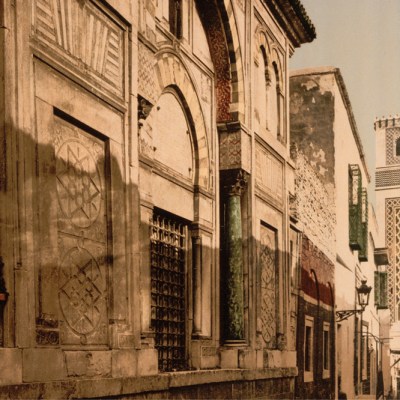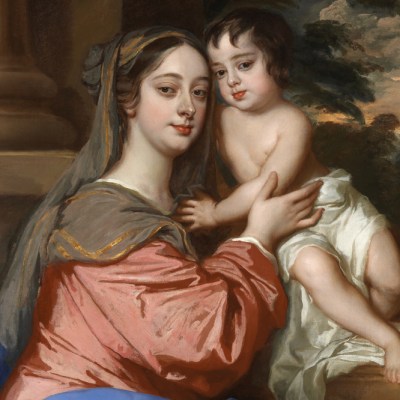Bilderatlas Mnemosyne – The Original
Aby Warburg; Axel Heil and Roberto Ohrt (eds.)
Hatje Cantz
Aby Warburg’s Bilderatlas was a project of the last few hyperactive years of his life, after the completion of a library to house his vast book collection in Hamburg. Early in 1927, the art historian began to structure his thoughts on the migration of visual motifs across time and cultures. He arranged nearly 1,000 reproductions of artworks cut from books, magazines and newspapers on wooden panels covered in black hessian: an exhibition technique that Fritz Saxl, his librarian, had used while working as an education officer for the Austrian government during the First World War.
It was an immense intellectual enterprise, the summation of all his ideas on the subject over the previous 40 years. The 63 panels were photographed in 1929, the year of Warburg’s death. Ernst Gombrich, who was asked to publish the project in the 1930s, thought it impossible, too diffusely structured, and compared it to the composition of a symphony. While there have been a number of attempts to reconstruct this unfinished magnum opus, none has succeeded.
Panel 39 of Aby Warburg’s Bilderatlas Mnemosyne. Photo: Wootton/fluid; courtesy The Warburg Institute, London

Until this year. Thanks to the efforts of the art historian Roberto Ohrt and the artist Axel Heil, who have excavated the Bilderatlas photographs from an archive of 400,000 images in the Warburg Institute, the project has now been published as a book, as Warburg intended, by Hatje Cantz (and has been celebrated in exhibitions at the Gemäldegalerie and the Haus der Kulturen der Welt in Berlin). It makes his ideas available to a new generation of students – his interest in images of the cosmos, his fascination with nymphs and river gods, the way he was prepared to combine images from medieval manuscripts with Renaissance wall paintings, coins, playing cards, postage stamps and modern photographs, always looking for deeper structures of thought buried in images.
It is wonderful to have this material – all 63 panels, as far as possible exactly as they were originally displayed – reconstructed and rephotographed; the apparatus of Warburg’s mind and of his life’s work.
Charles Saumarez Smith is chairman of the Royal Drawing School and author of The Art Museum in Modern Times, which will be published by Thames & Hudson in March 2021.
The Winners | Personality of the Year | Artist of the Year | Museum Opening of the Year | Exhibition of the Year | Book of the Year | Digital Innovation of the Year | Acquisition of the Year | View the shortlists



